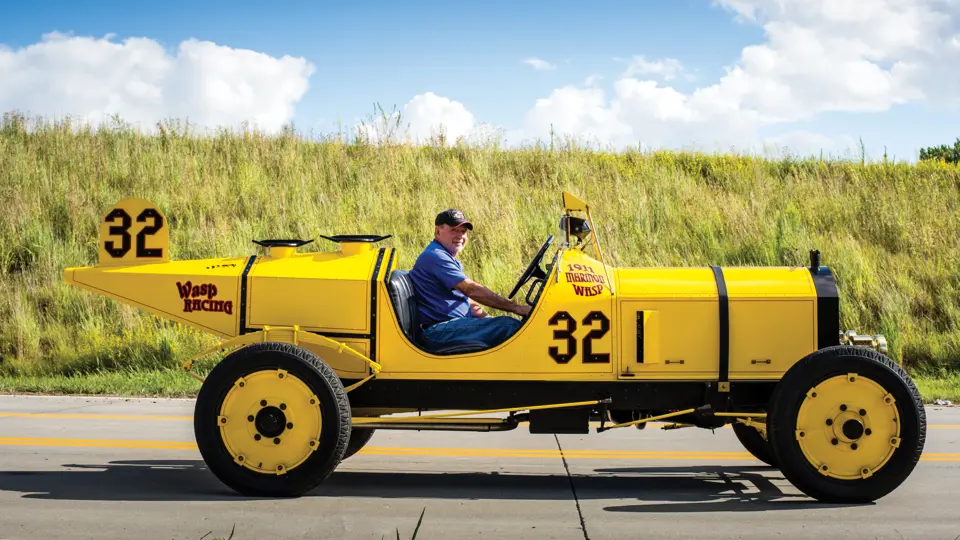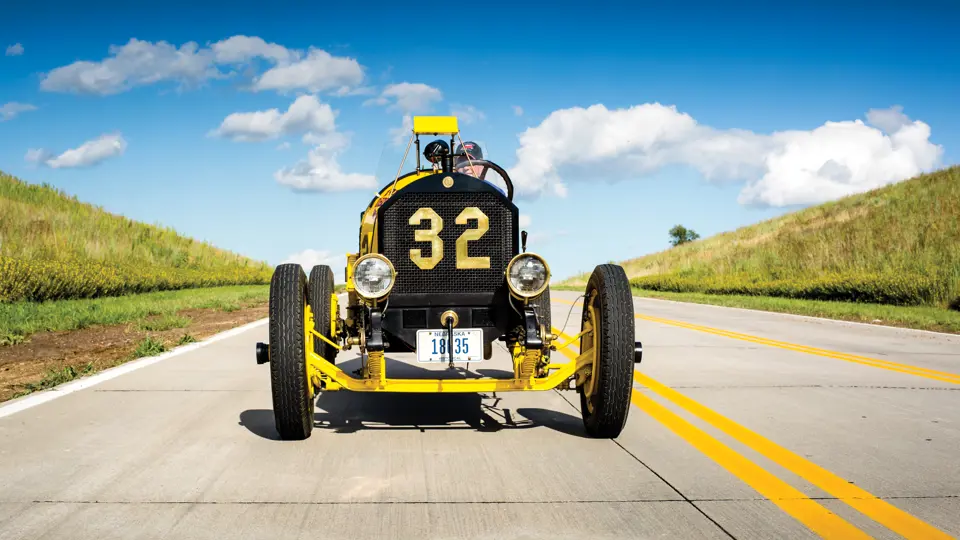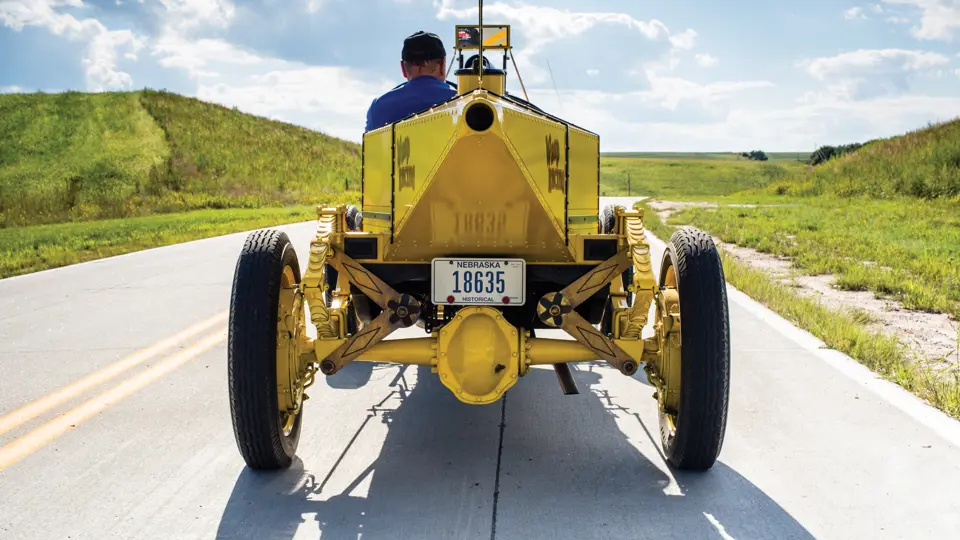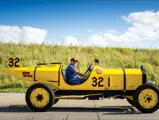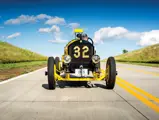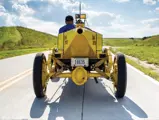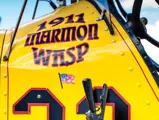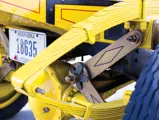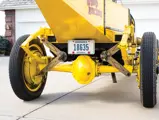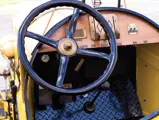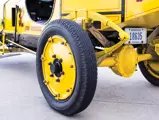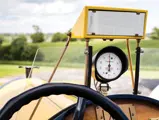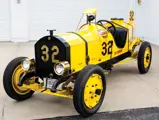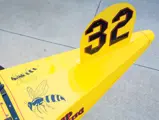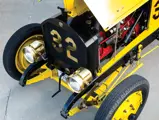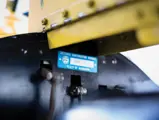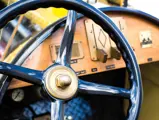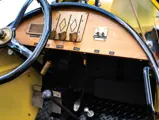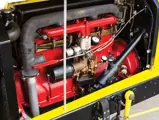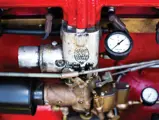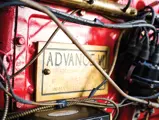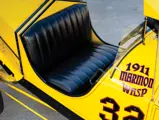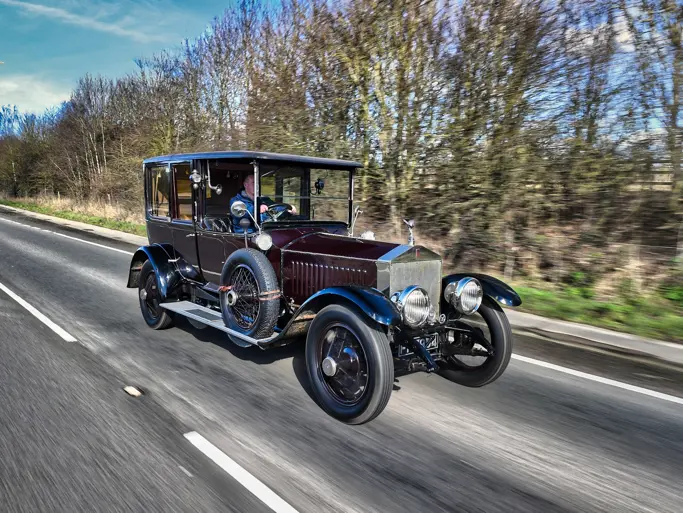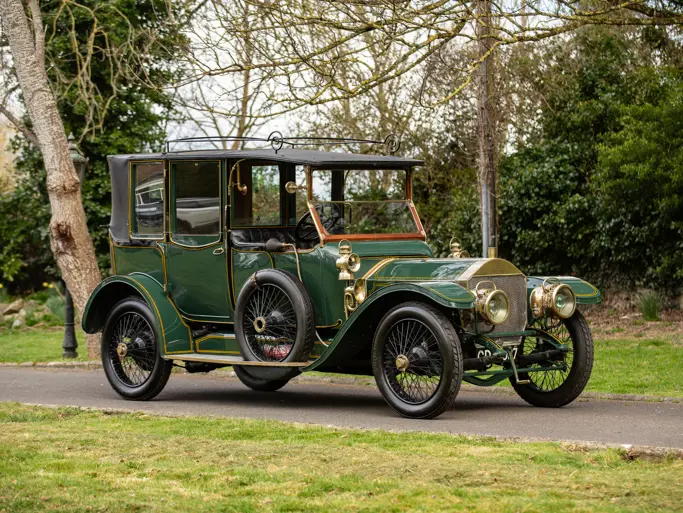
1911 Marmon Wasp Recreation
{{lr.item.text}}
$71,500 USD | Sold
{{bidding.lot.reserveStatusFormatted}}
- Tribute to the first Indianapolis 500 winner in 1911
- Incredible recreation of a veritable piece of American history
- 19,000+ man hours invested to complete; over 1,500 fabricated parts
- Winner of the Augie Duesenberg Award at the ACD Festival Concours d’Elegance
272 cu. in. dual-ignition twin-plug “Advanced Six” inline six-cylinder engine, 1917 Nash chassis, three-speed Nash manual transmission, 1917 Nash axles, and four-wheel mechanical brakes. Wheelbase: 121 in.
More than 80,000 spectators watched as a 40-car field took off in what has become known as “the greatest spectacle in racing” on 30 May 1911—the first Indianapolis 500.
Johnny Aitken led the first lap in a National and David Bruce-Brown dominated the first half of the race in a Fiat. He was eventually caught and passed by Ray Harroun, who had come out of retirement after winning the 1910 National Championship. Harroun was driving for Marmon a custom-built racing car, dubbed the Wasp for its bright yellow, taper-tailed bodywork and the “sting” of its performance.
Harroun drove #32 alone, to save weight, and cautiously, at 75 mph, to save tires and avoid needless time in the pits. His canny strategy—over speed—worked wonders against his competition, which wore itself out running hard and losing tires. Harroun finished the race in the Wasp, averaging 74.6 mph and taking over seven hours to complete the 500 miles. For his solo effort in winning the first of the most famous event in American motorsports, Harroun pocketed his $14,250 in prize money—and retired, for good, as did the Marmon company from racing.
Today, Harroun’s legendary vehicle, the only Wasp ever built and the winner of the inaugural Indy 500, resides in the Indianapolis Motor Speedway Hall of Fame Museum. The story of his unlikely, strategy-driven victory has become lore, and his Wasp remains, in all likelihood, the most famous winner of the Indianapolis 500 . . . ever.
This incredible recreation of that iconic car took more than 19,000 man hours over many years to complete. Beginning in the 1980s, the consignor received permission to measure, in exacting detail, the dimensions of the 1911 Wasp exhibited in Indianapolis. Along with a machinist friend, the duo set about creating this meticulous tribute to the original car while fabricating over 1,500 custom-built parts.
A 1929 Nash “Advanced Six” six-cylinder engine and transmission were chosen to power the vehicle. The twin-plug engine features six spark plugs in the head and six spark plugs in the block. It is fitted with dual ignition and twin fuel pumps and is used in combination with a 1929 Nash three-speed manual transmission. A 1917 Nash frame and axles underpin the vehicle and it is equipped with four-wheel brakes, including an emergency brake.
Remarkably, it is also street-legal, as it is fitted with lights, turn signals, and a speedometer in order to drive on public roads. Ironically, it is equipped with a rear view mirror, as the consignor indicates the original car was among the first to be fitted with one! He adds that this Wasp has been raced three times and is capable of speeds up to 80 mph. It has been shown numerous times and has many awards to its credit, including the Augie Duesenberg Award at the ACD Festival Concours d’Elegance.
While the original Marmon Wasp is a permanent part of Indianapolis 500 history, offered is a unique opportunity to acquire the only available tribute to that legendary Speedway icon.

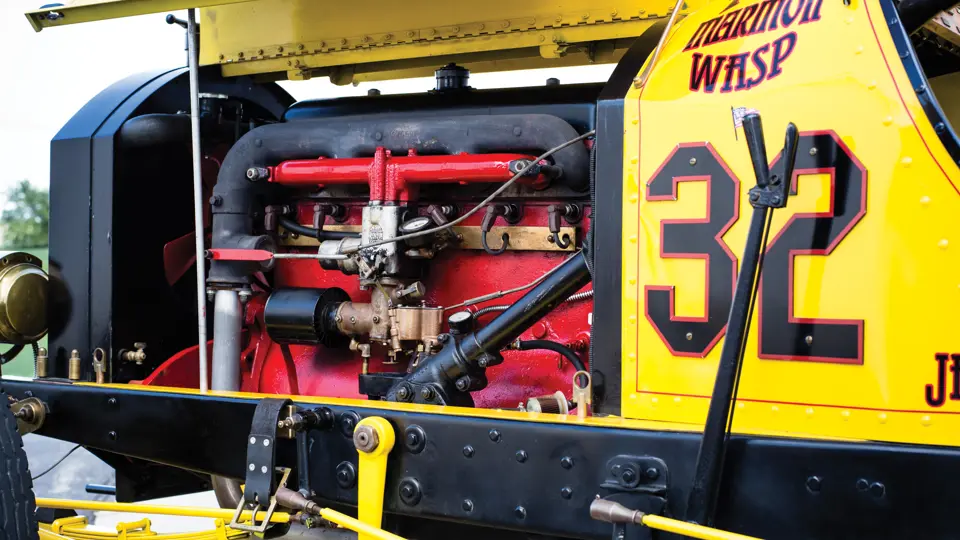


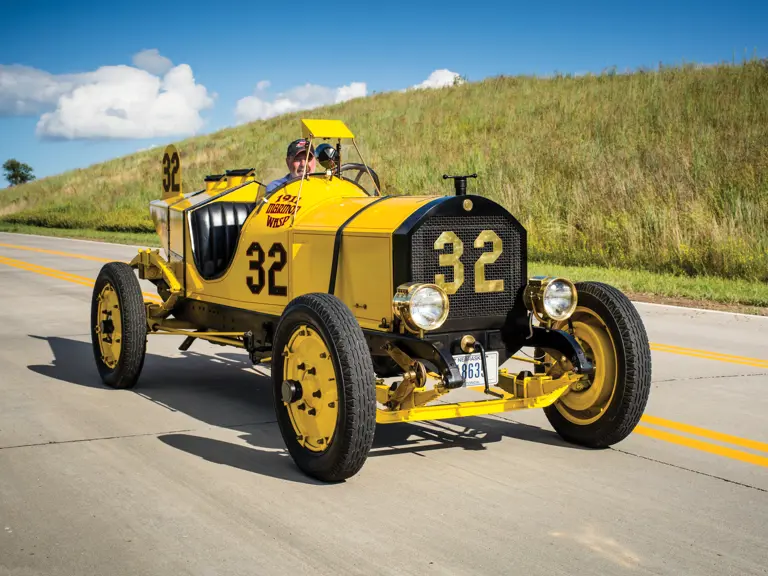
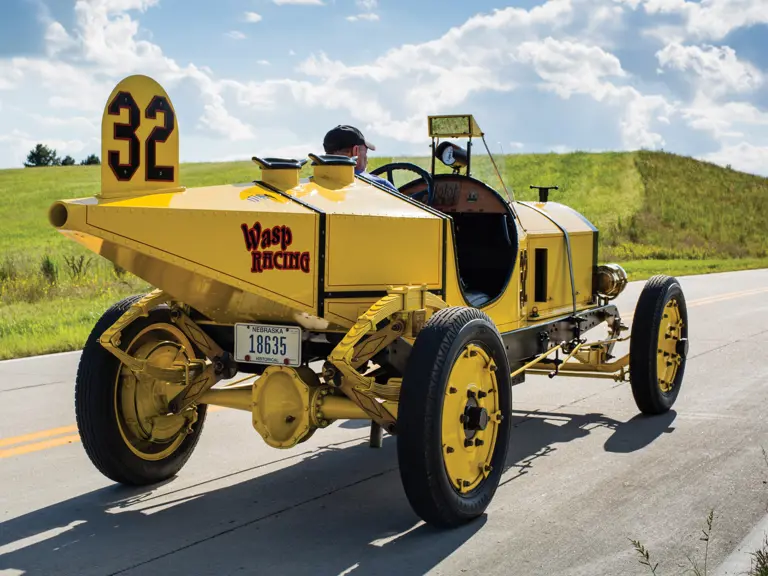
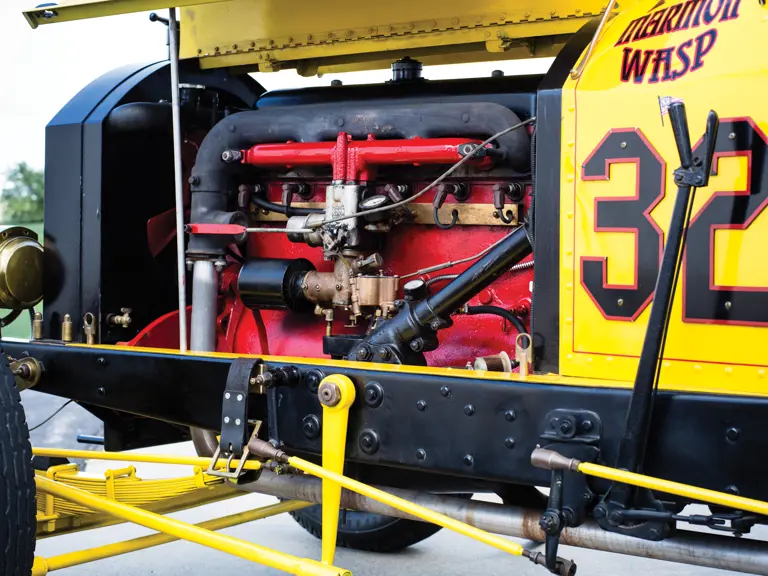
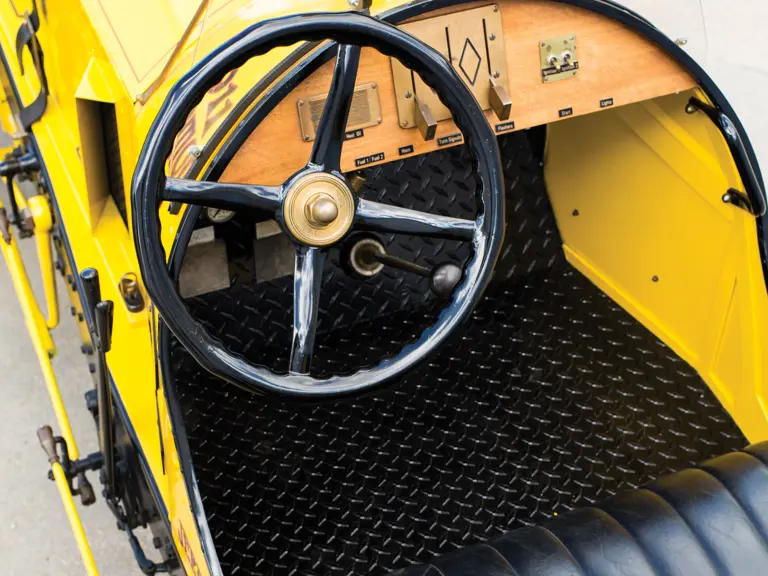
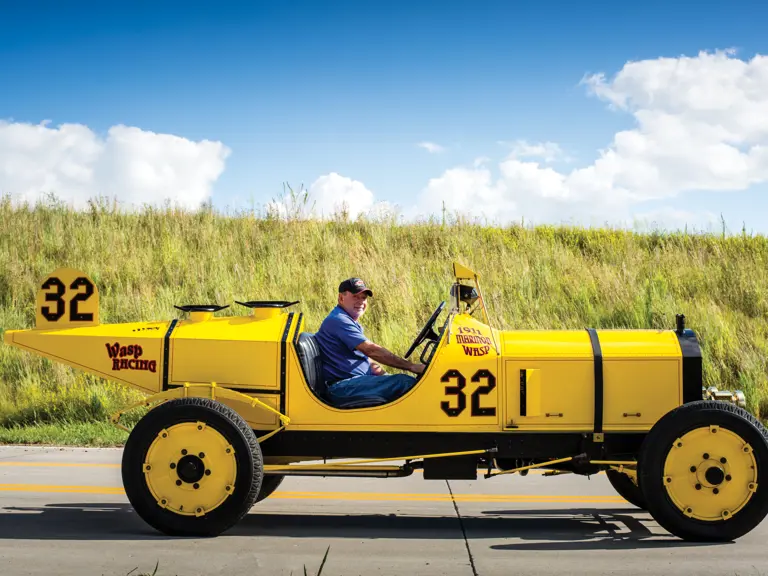
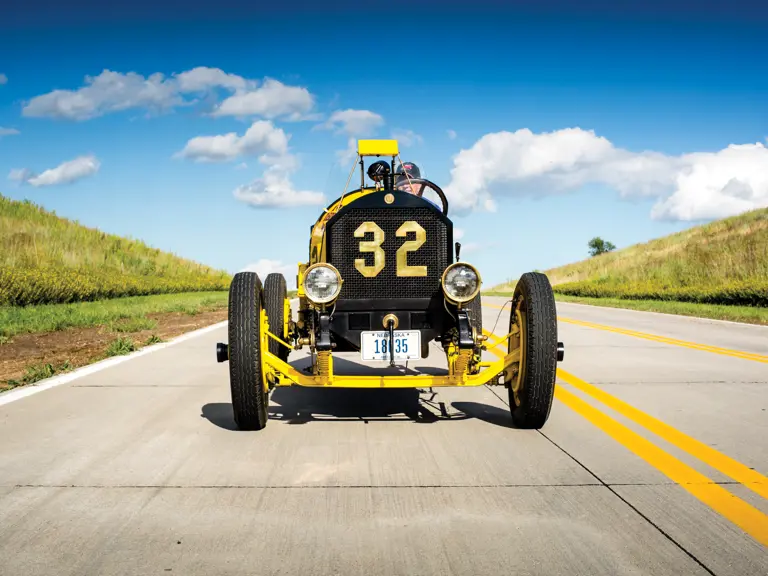

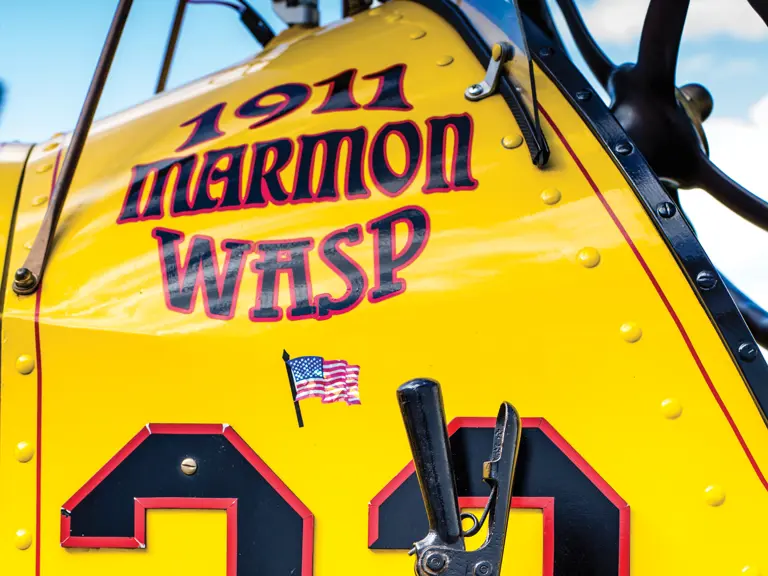
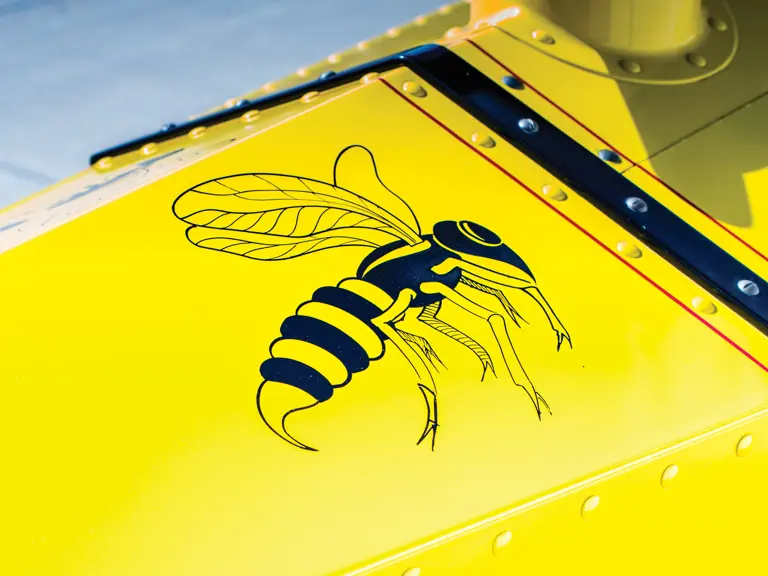
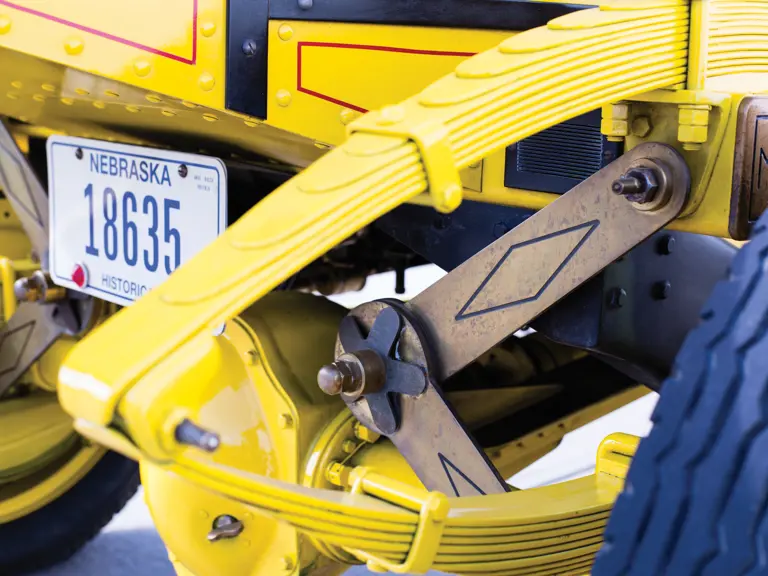
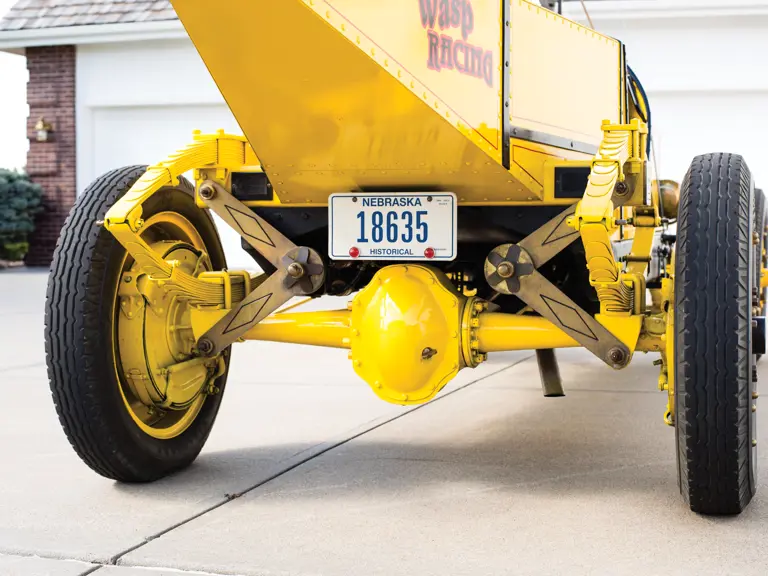

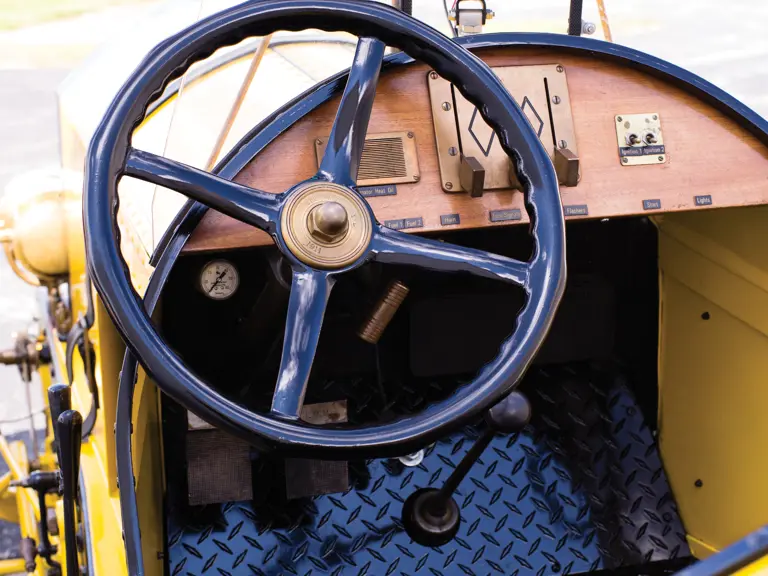
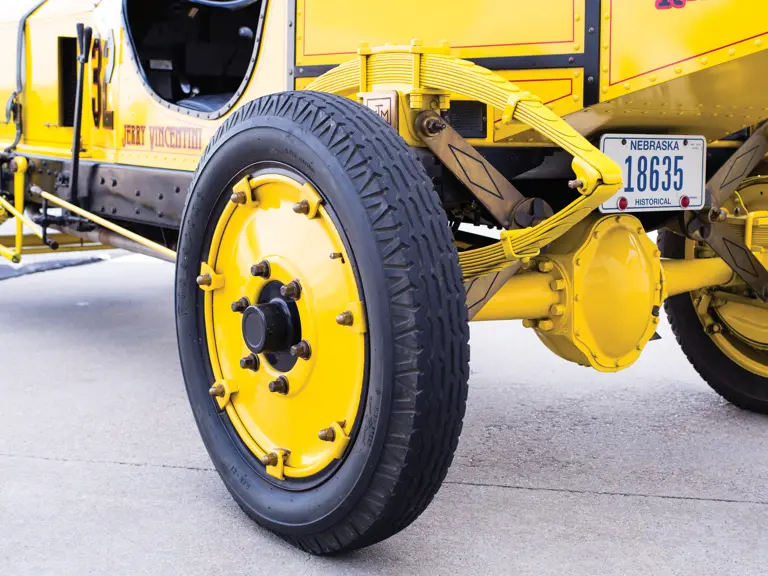

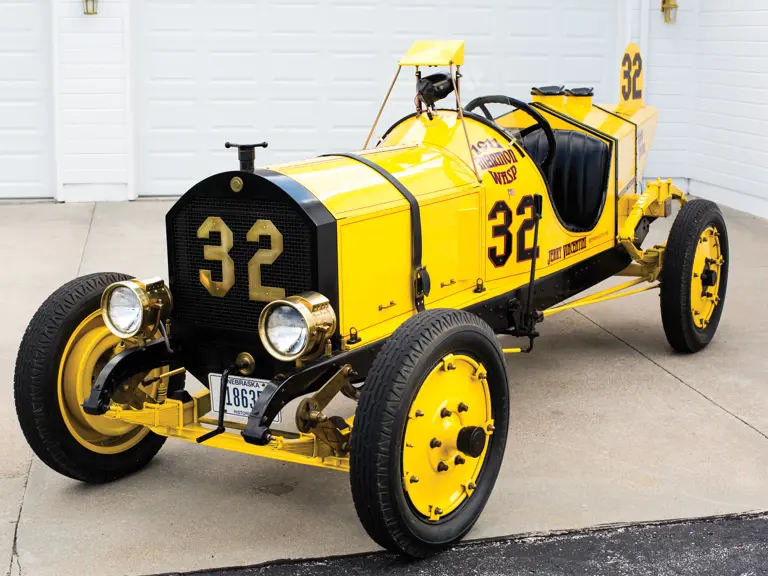
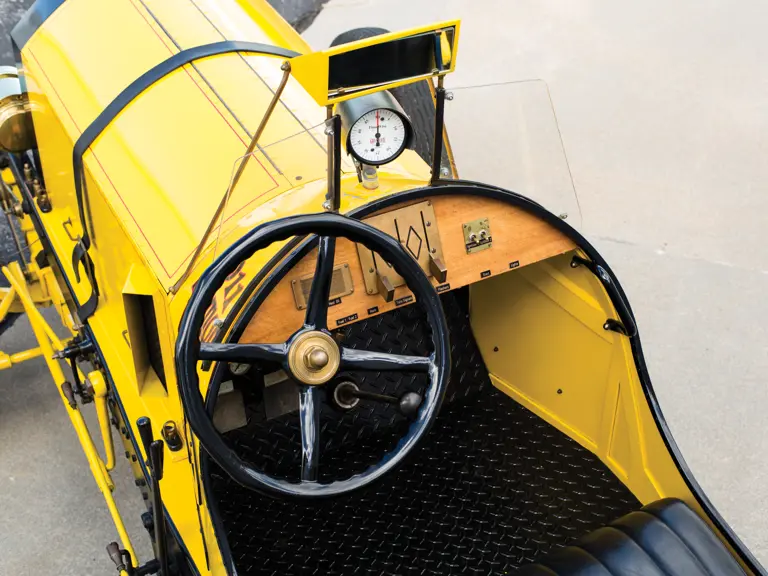
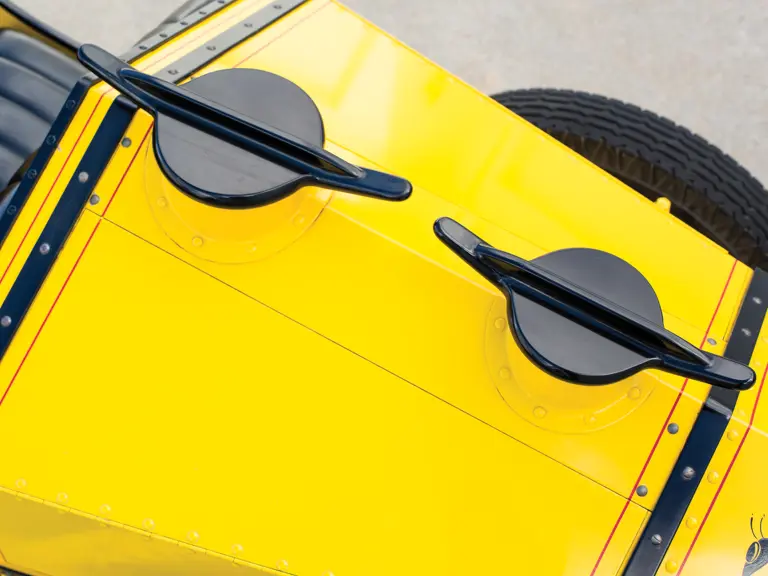

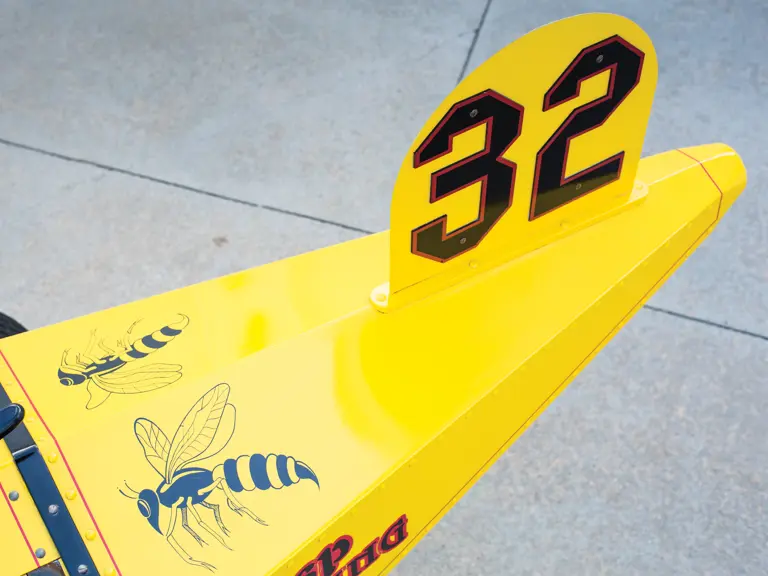

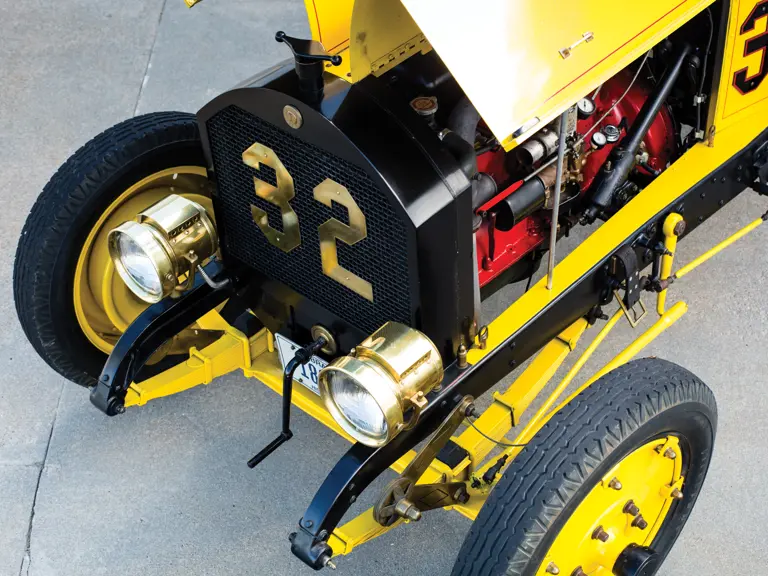
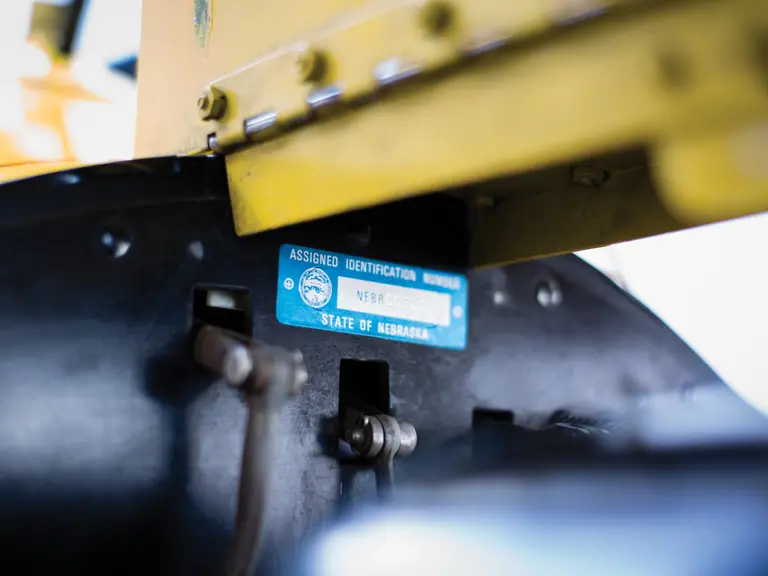

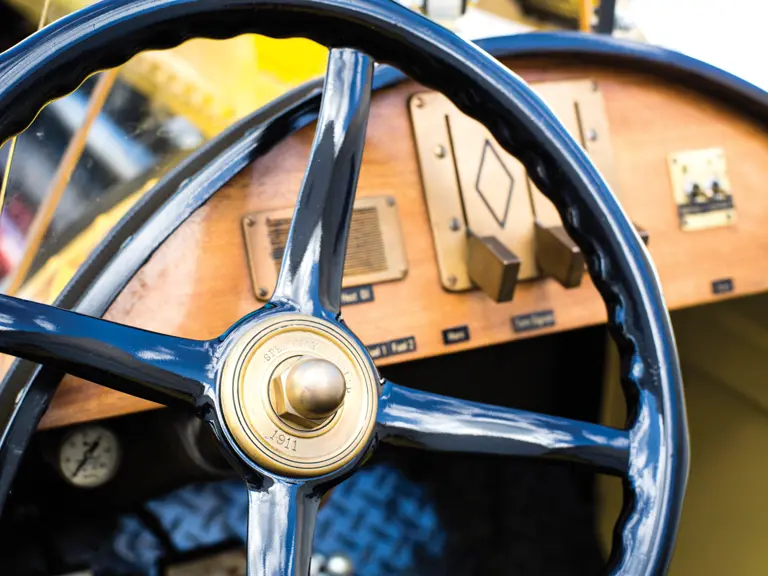
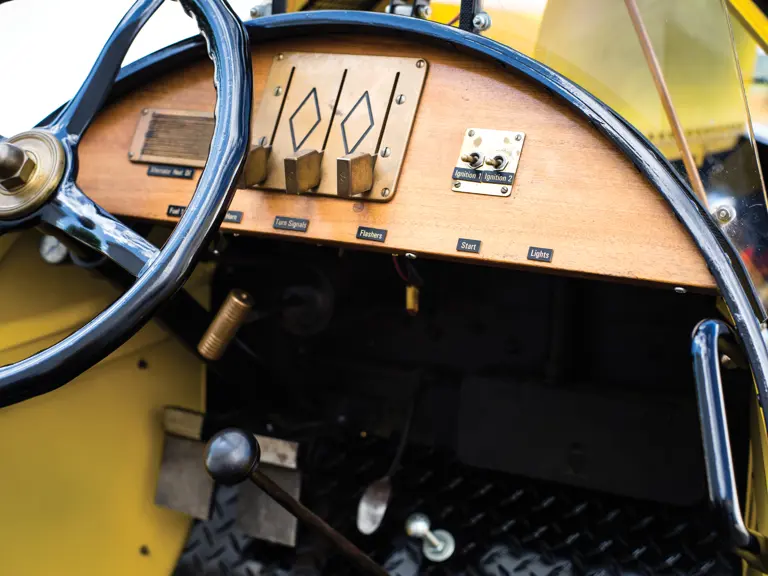
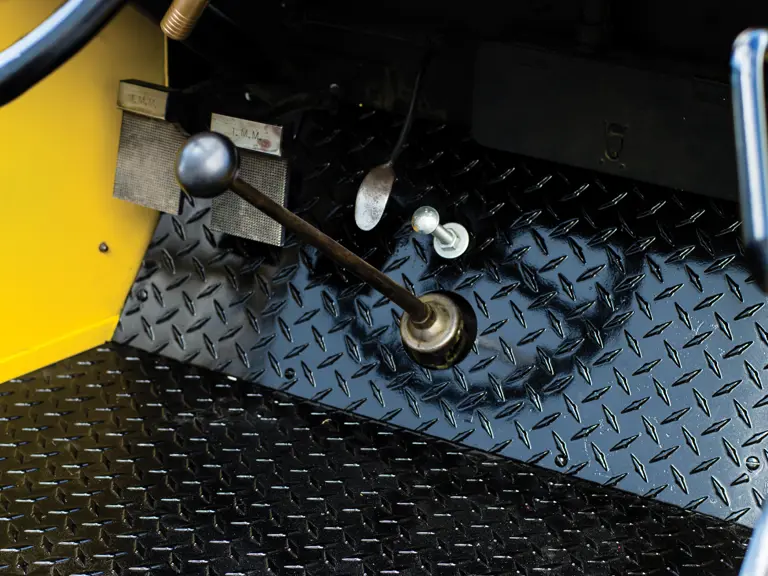
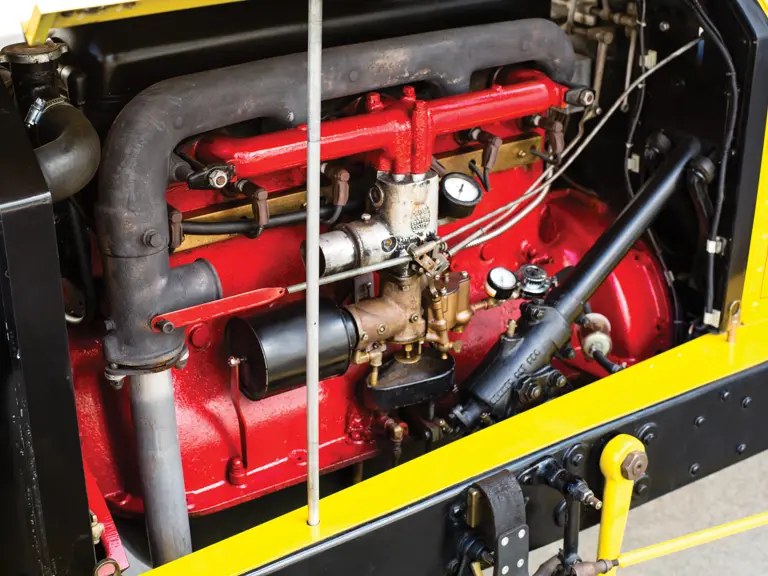
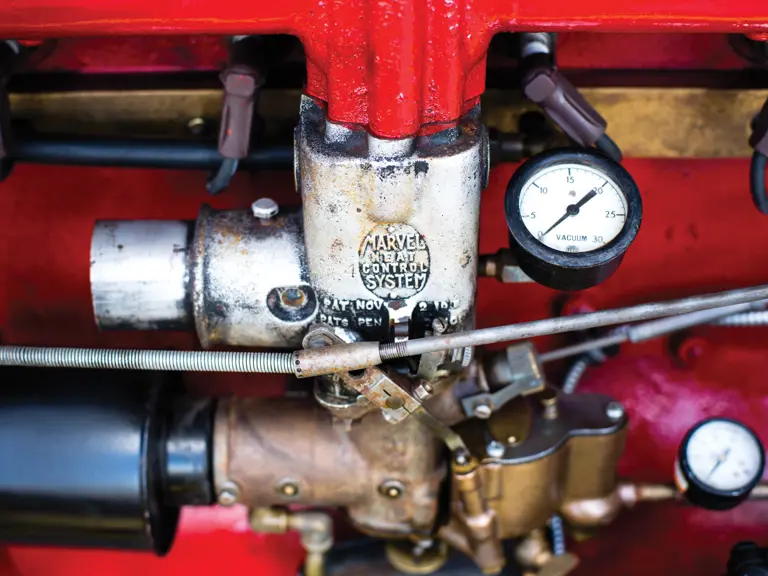


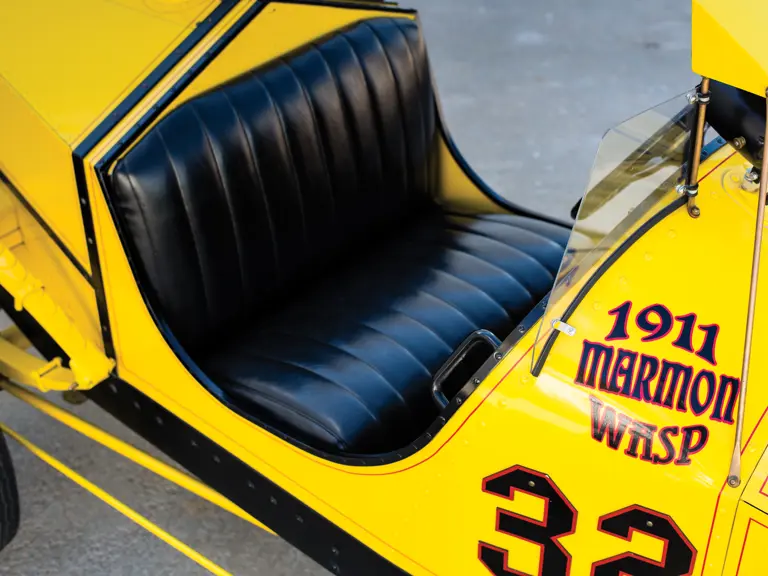
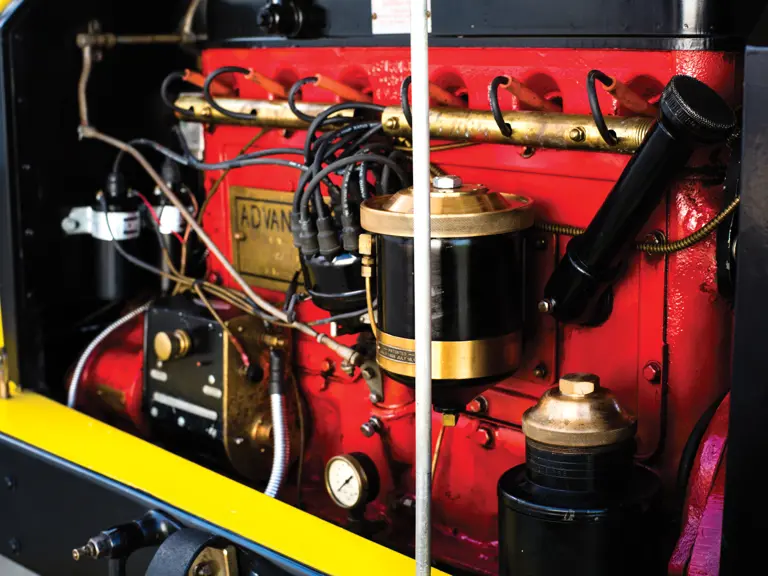
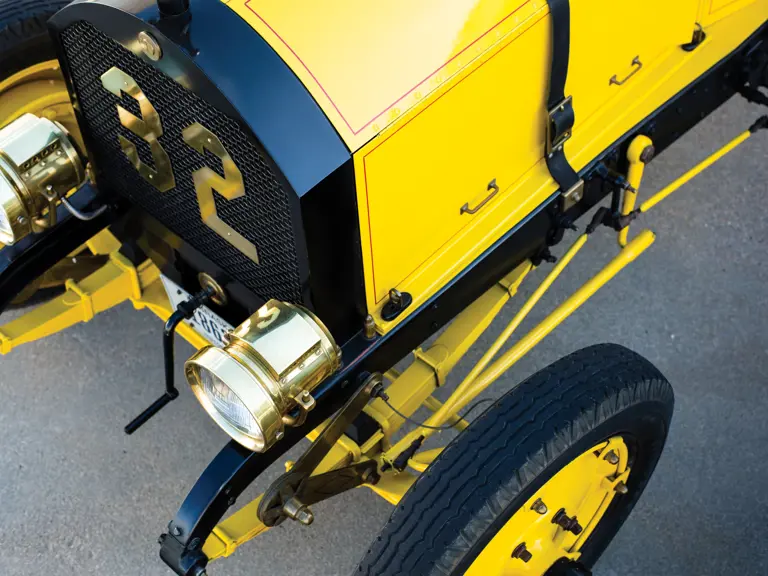
 | Hershey, Pennsylvania
| Hershey, Pennsylvania
